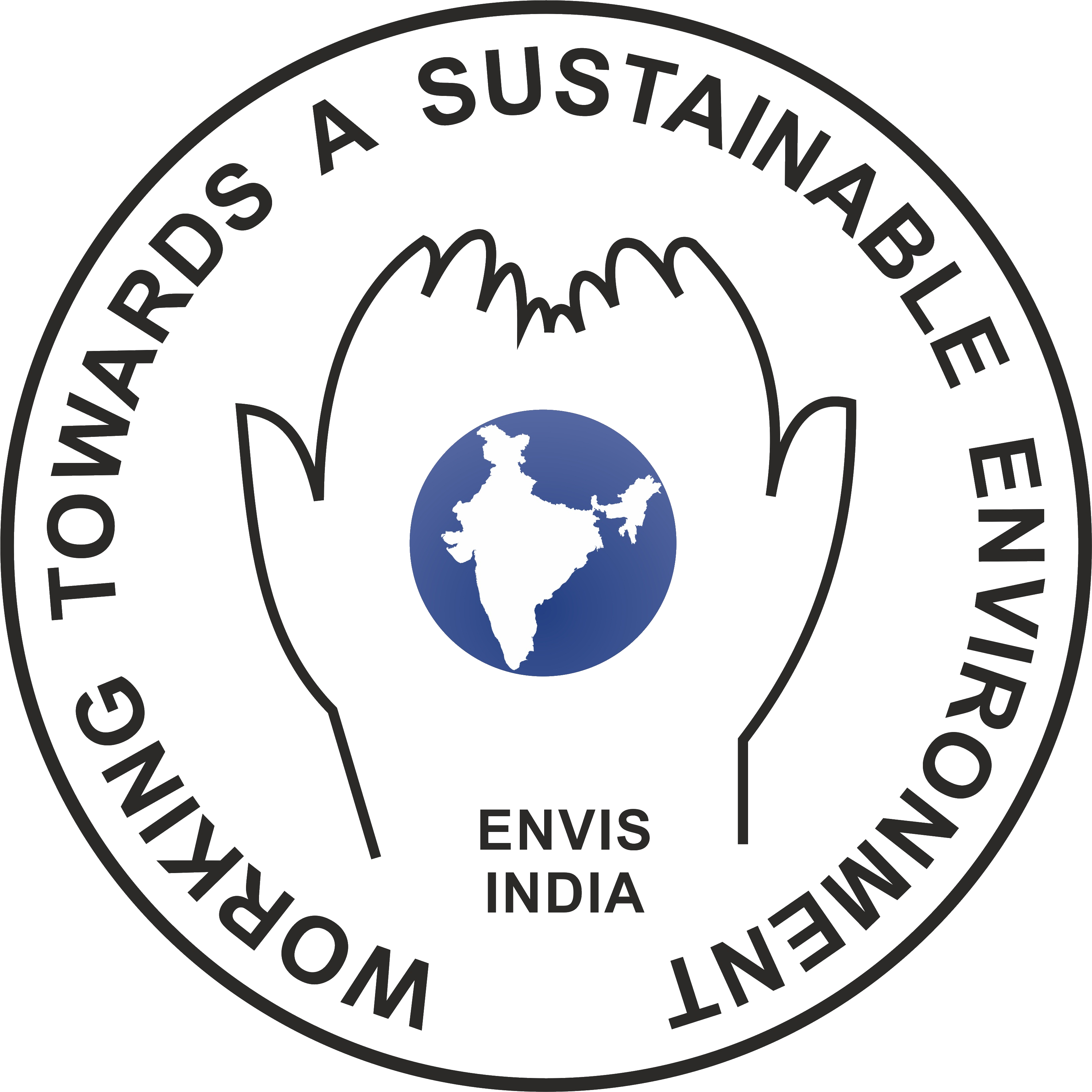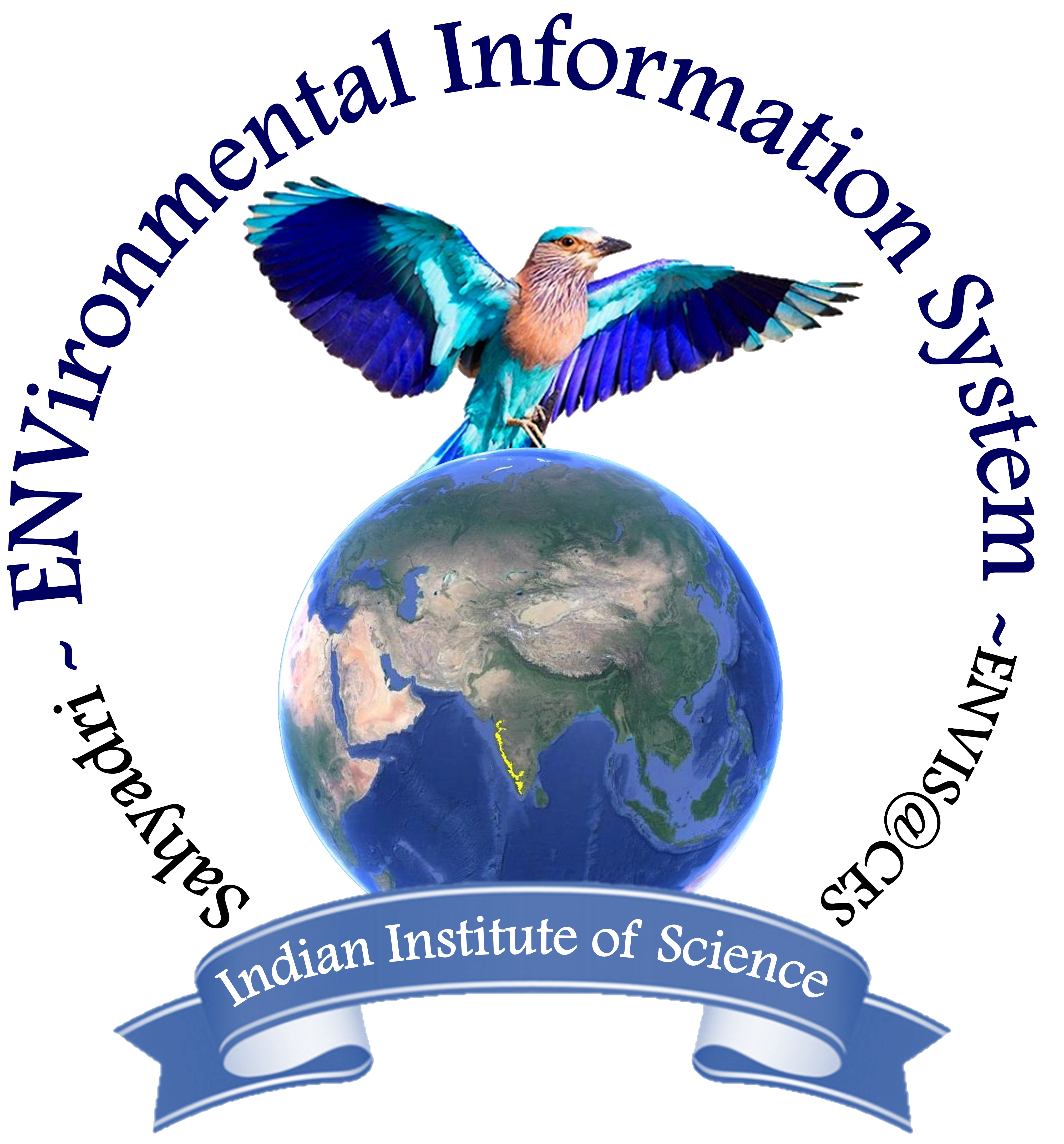Introduction The Western Ghats, one among 36 global biodiversity hotspots with rich biotic endemism, starts from Tapti River in Gujarat and extending up to Kanyakumari at the southernmost tip of the Indian Peninsula. It has an area of 1,64000 km2, covers parts of Gujarat, Maharashtra, Goa, Karnataka, Kerala, and Tamil Nadu states. The current issue of Sahyadri E News (Issue LXXIV) provides insights to human-wildlife conflicts in the Northern Western Ghats (NWG) spanning across Gujarat, Maharashtra and Goa states. Conflicts between humans and wildlife resulted from growing fragmentation of forests and degradation of wildlife habitats. The conflicts occur mainly on degraded (edge and patch) forests. Due to fragmentation of interior forests, increasing human population, and decline of food, fodder and water in forest areas have increased human-wildlife conflict in NWG due to habitat loss. Human encroachment into forest areas, allowing livestock grazing and collecting forest resources for survival, leads to forest fragmentation and loss to humans and animals. Increasing fragmentation leads to an increasing level of human-wildlife conflictsNWG has experienced extensive deforestation and forest fragmentation due to increased anthropogenic pressures. Land use analyses reveal that agriculture is predominant land use that covers 32.82% of the area. Forest fragmentation at the landscape level showed 59% area under non-forest category due to increase in agriculture land and development activities. Fragmentation and location of human animal conflicts instances analyses indicate that conflict occurred mainly in patch and perforated areas of NWG. Human-wildlife conflict analysis showed that elephant and gaur are the main wild species which are involved in crop depredation, livestock depredation and human attack. Human-wildlife conflict locations linkage with forest fragmentation analyses highlight that deprivation of food, fodder and water in the region is a prime reason due to escalated anthropogenic activities due to escalated anthropogenic activities with prevalence of monoculture plantations and fragmentation of animal habitats. Mitigation of human animal conflicts necessitates maintaining forests with native species to enhance food, fodder and water availability in the region. Keywords: Forest Fragmentation, Land use, Human-wildlife conflict, GRASS, QGIS |
||||||||||||||||||||||||||||

